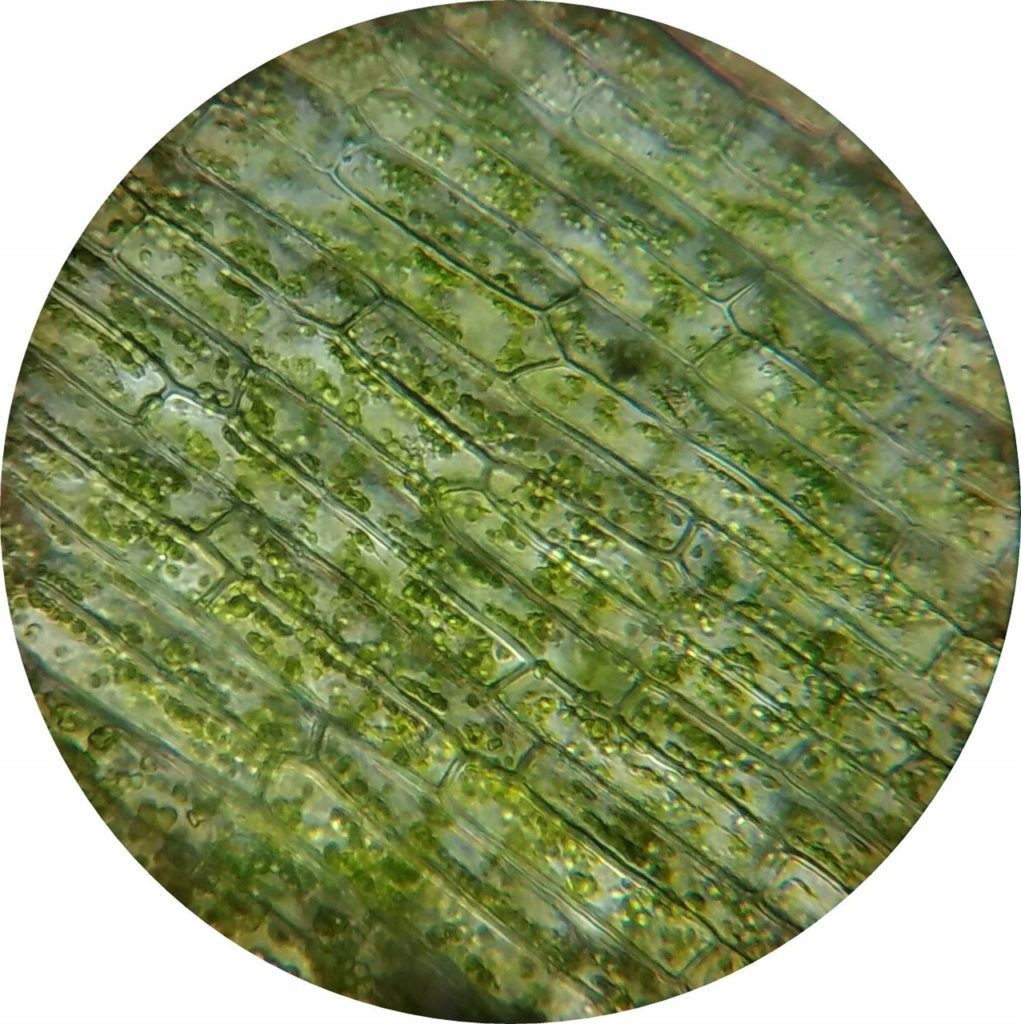Hey there, science enthusiasts! If you’re a middle school student who loves exploring the microscopic world, then you’ve come to the right place. Microscopes might seem like just a fancy piece of equipment, but trust me, they can unlock a whole new universe of discovery. In this article, we’re going to introduce you to some super cool and fun microscope activities that will have you saying “WOW” in no time. So, grab your lab coats and get ready to dive into the fascinating world of microorganisms and cells.
Let’s get started!
1. How Does a Microscope Work?
First, let’s start with understanding how a microscope works. This lesson is crucial to prepare students to use and appreciate a microscope. You can guide them through identifying the different parts of the microscope and how it works. Start by explaining the basic components such as the eyepiece, objective lenses, stage, and focusing knobs. You can also introduce the concepts of illumination and concave lenses, which play a significant role in magnifying the specimen being observed.
2. Plants vs. Animal Cells

Once students are familiar with the workings of a microscope, you can move on to exploring the differences between animal and plant cells. One exciting activity is to have the students observe and identify cellular components in a cross-section of a plant stem. Before introducing the specific names of these components, encourage students to draw or describe the differences they observe. This activity will not only help them distinguish between plant and animal cells but also develop their observational skills.
3. The Ecosystem of a Pond
Another fascinating topic to explore with microscopes is the ecosystem of a pond. You can have students collect samples from a pond, creek, or fountain on your school premises or bring in different water samples from various sources such as ocean water, pond water, fish tank water, river water, creek water, water from a fountain, and tap water.
By examining these samples under the microscope, students can observe the microscopic life thriving in these environments. They may discover algae, plankton, and other microorganisms that contribute to the delicate balance of the pond or water source.
4. Microscopic Life in a Drop of Water
Speaking of microscopic life, students can also observe the fascinating world of microorganisms found in a drop of water. To do this activity, students can place a drop of water onto a slide and cover it with a slide cover. When they look through the microscope, they will be amazed by the diversity of bacteria and other microorganisms that they can see. This activity allows them to understand how microorganisms are present everywhere, even in something as seemingly innocent as a tiny drop of water.
5. The World of Insects
Moving on to the world of insects, students can use microscopes to observe and learn about the anatomy of these fascinating creatures. You can provide students with prepared slides of insect parts or ask them to bring in their own insect specimens to examine. By observing the tiny details of an insect’s body, such as its compound eyes, wings, and legs, students will gain a deeper understanding of insect anatomy and adaptations.
6. The World of Crystals
Microscopes can also be used to explore the world of crystals. Students can collect different types of crystals, such as salt or sugar, and examine them under the microscope. They can observe the symmetrical patterns and structures that make up crystals, and learn about the formation and growth process of these stunning minerals.
7. The World of Rocks and Minerals
In addition to crystals, microscopes offer a unique view of rocks and minerals. Students can collect various rock and mineral samples or use prepared slides to observe their structure at a microscopic level. They can gain insights into the different types of minerals and the composition of rocks. This activity can also spark interest in geology and earth sciences.
8. The World of Fungi
Another fascinating aspect to explore with microscopes is fungi. Students can observe different types of fungi under the microscope and learn about their unique structures and reproductive processes. They can compare the structures of mushrooms, molds, and yeasts, while also learning about the role of fungi in nature and their importance in various ecosystems.
9 The World of Bacteria
Microscopes also provide an opportunity to explore the world of bacteria. By looking at different types of bacteria up close, students can learn about their shapes, sizes, and structures. They can also learn about how bacteria play a role in our lives, both beneficial and harmful. This activity can be an eye-opening experience for students as they realize that bacteria are everywhere, both around us and inside us.
10. The World of Protozoa
Finally, students can delve into the microscopic world of protozoa. By observing these single-celled organisms under the microscope, students can learn about their structures and unique characteristics. They can also gain an understanding of the diversity of protozoa and their role in various ecosystems.
These microscope activities provide hands-on learning experiences that not only engage students but also enhance their scientific knowledge and observational skills. Through these activities, middle school students can truly appreciate the power and beauty of the microscopic world. So, grab a microscope and get ready for an incredible journey into the unseen!
